




Did you find this useful? Give us your feedback


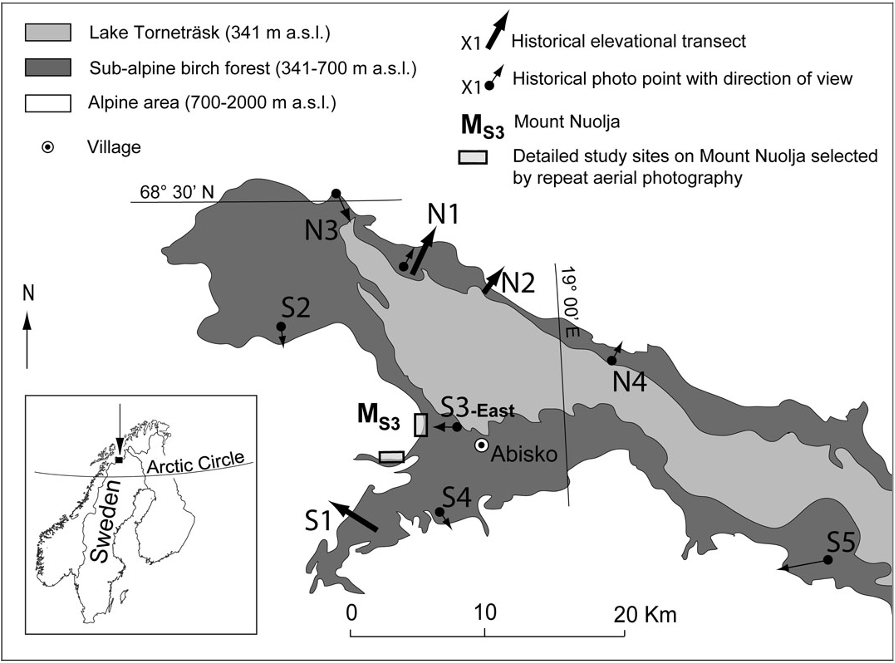
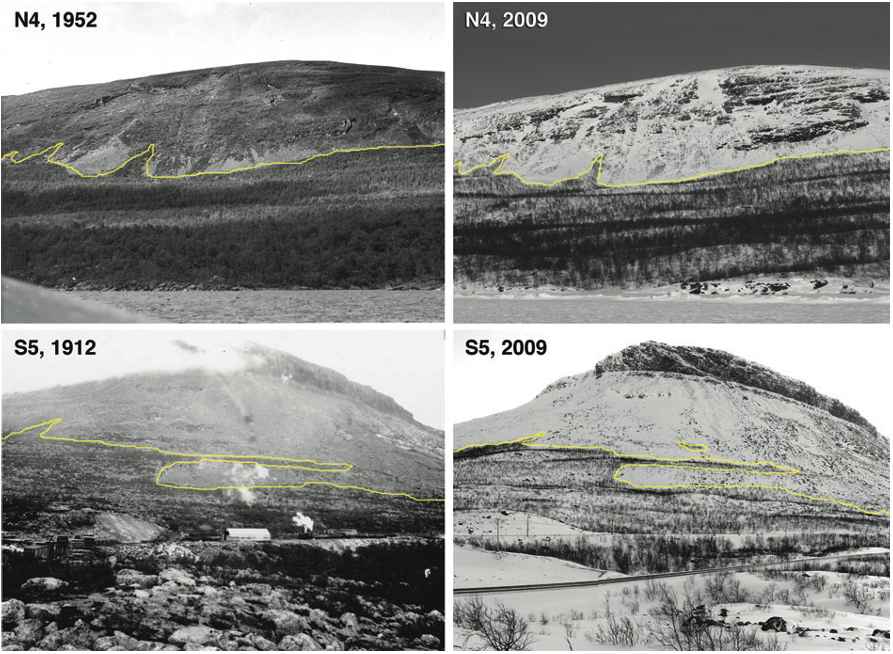
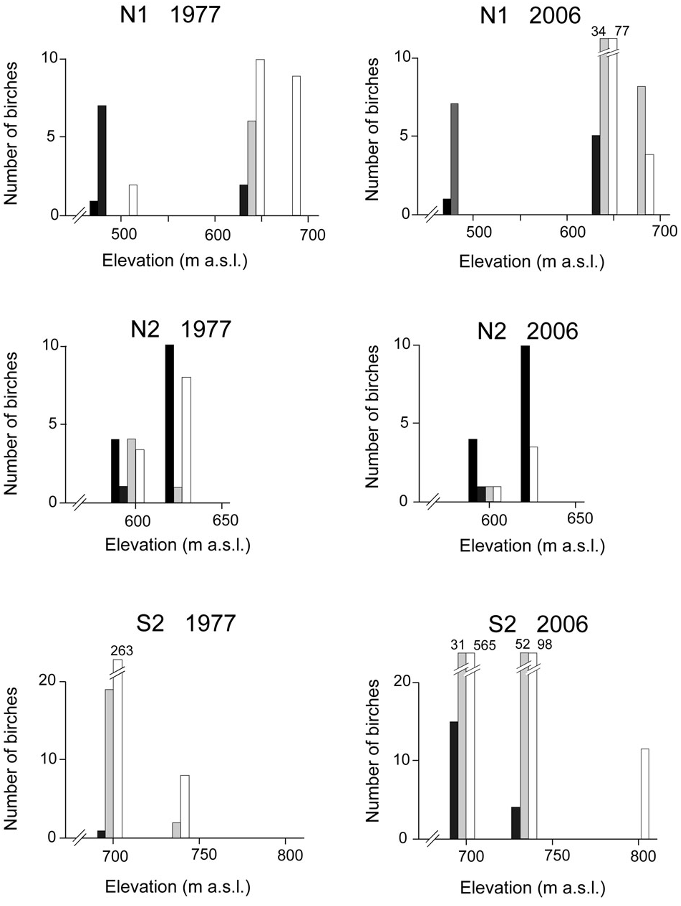
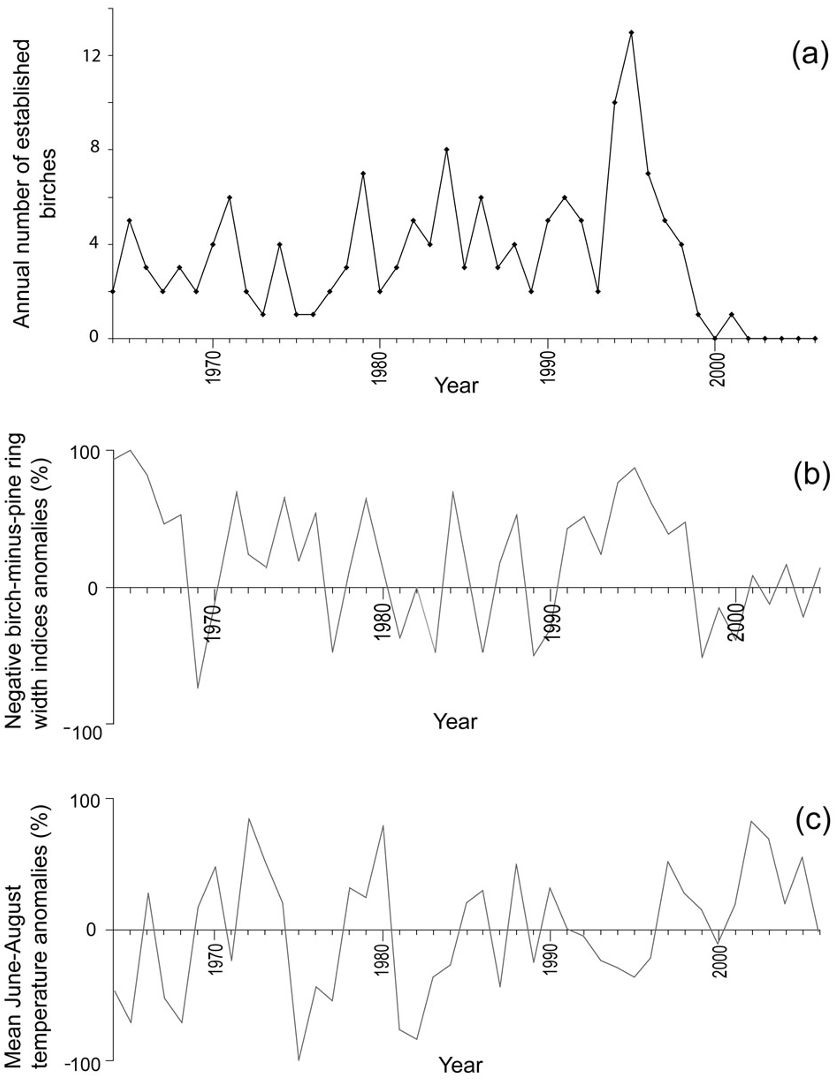
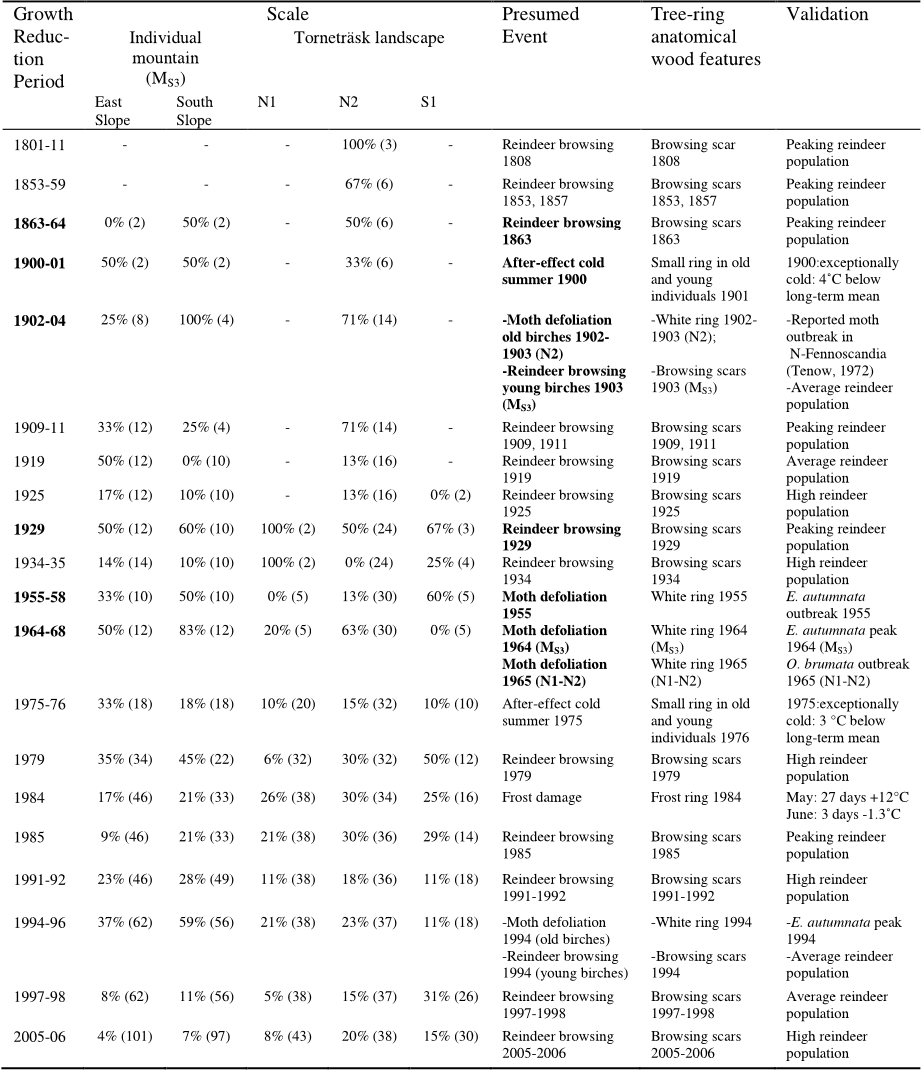
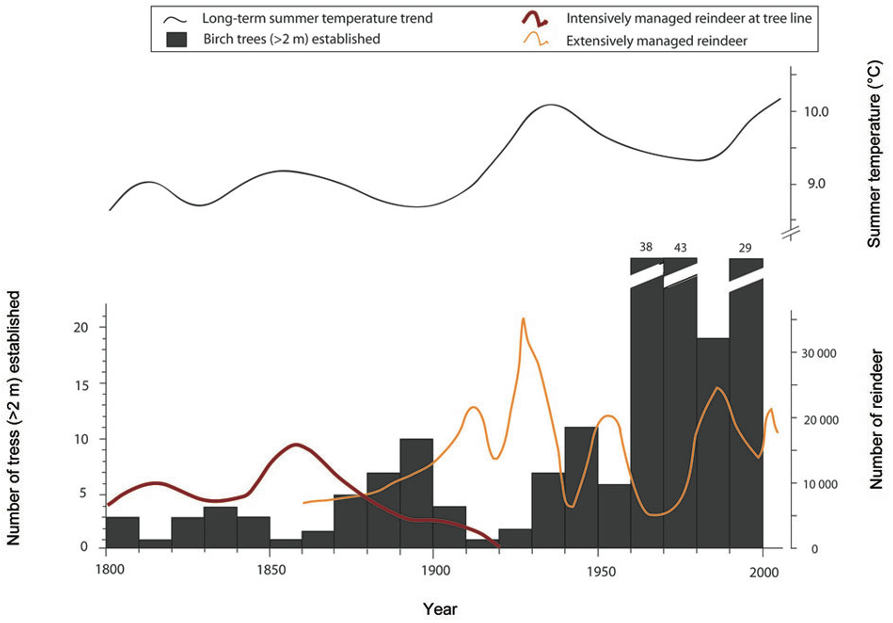
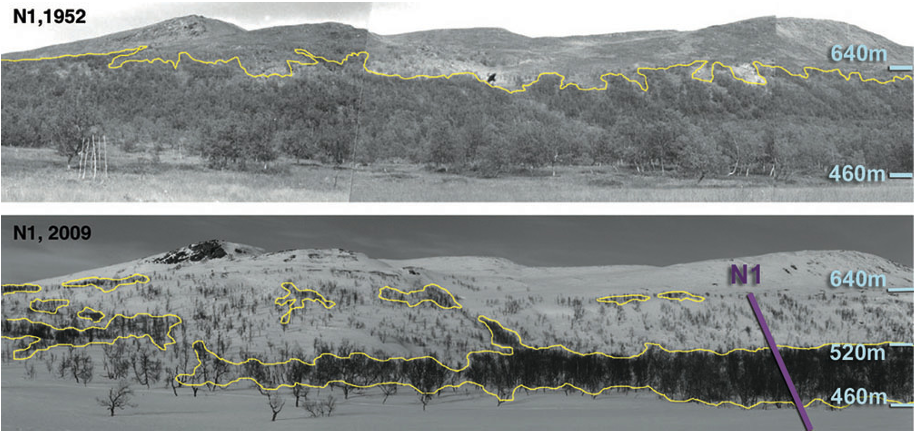





567 citations
337 citations
292 citations
147 citations
138 citations
59 citations
...This boundary was set to 30% tree-cover in a convention used by most other tree line studies (Rees et al., 2002)....
[...]
55 citations
55 citations
...Unfortunately, this information is often not available (Moen et al., 2008) and is a major weakness in studies dealing with range migrations of plant species....
[...]
47 citations
...However, in many circumpolar and high-elevational areas the position of the tree line has not changed (Masek, 2001; Holtmeier et al., 2003; Payette, 2007; Van Bogaert et al., 2007) or has even retreated (Vlassova, 2002; Dalen & Hofgaard, 2005; Kullman, 2005; Cherosov et al., 2010)....
[...]
40 citations
...Although reindeer have always been part of the birch ecosystem, their impact on the vegetation should be evaluated in terms of population densities (Helle, 2001)....
[...]
...Several studies have shown that the lack of recovery of forests defoliated by moths is the product of an interaction between damage due to moth outbreaks and reindeer grazing (Kallio & Lehtonen, 1973; Helle, 2001; Tenow et al., 2005)....
[...]